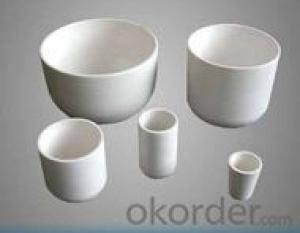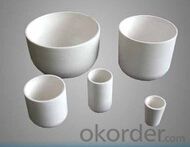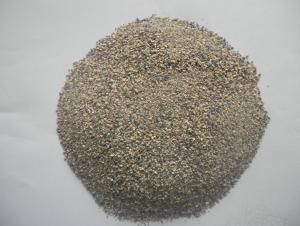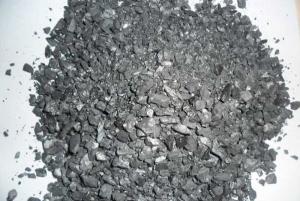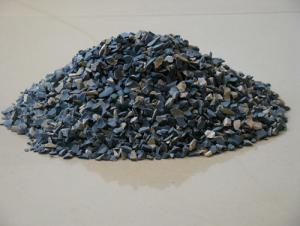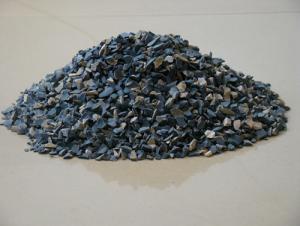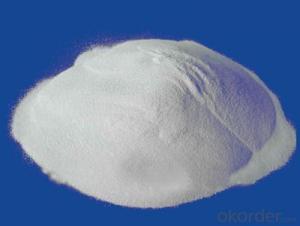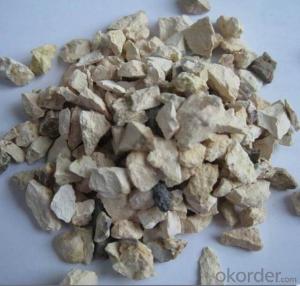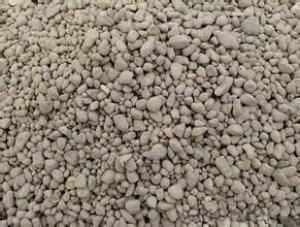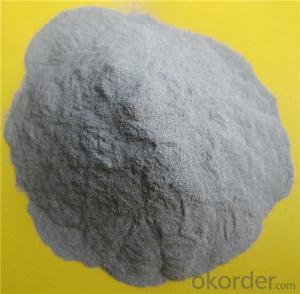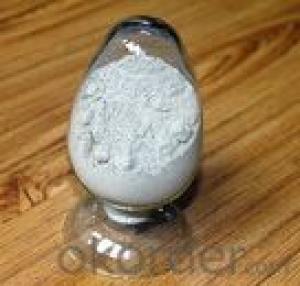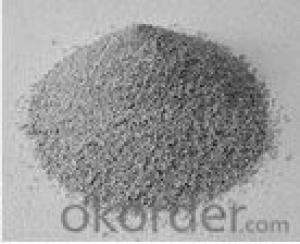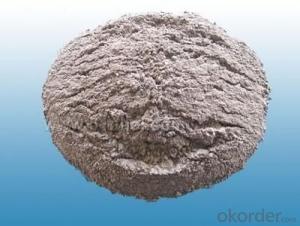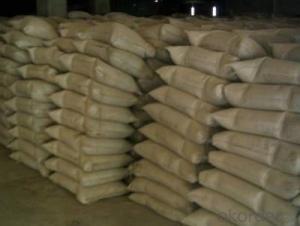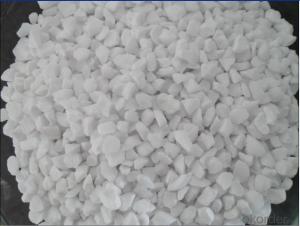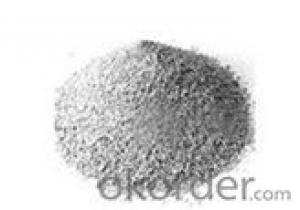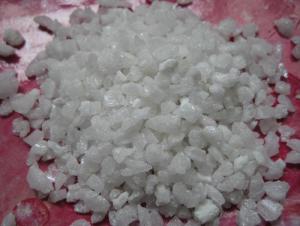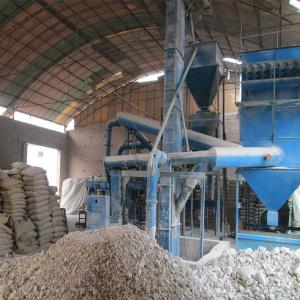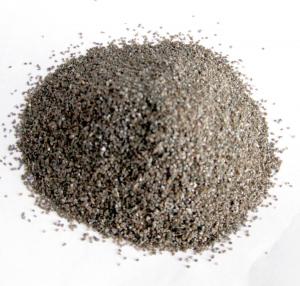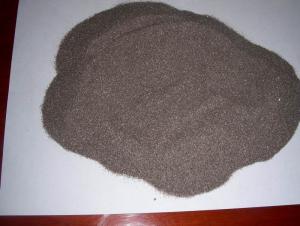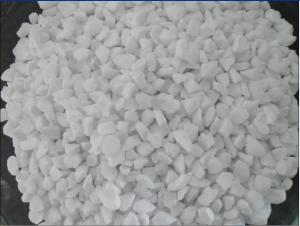Raw Materials for High Temperature Refractory Cylindrical Alumina Smelting Crucible
- Loading Port:
- China Main Port
- Payment Terms:
- TT OR LC
- Min Order Qty:
- -
- Supply Capability:
- -
OKorder Service Pledge
OKorder Financial Service
You Might Also Like
Specifications
alumina crucible:
1.high purity Al2O3 >99%.
2.Superior refractoriness.
3.High mechanical strength.
4.Long life time
Product Description
alumina crucible:
1.high purity Al2O3 >99%.
2.Superior refractoriness.
3.High mechanical strength.
4.Long life time.
Feature of the alumina ceramic crucible:
1. High chemical etching resistance.
2. High temperature up to 1800°C
3. Resistant to sudden cold and hot, un-explosive.
4. High density of slip casting.
5. Various kinds of shape.
99.5% Alumina Ceramic crucibleIndustrial alumina ceramic crucible is used for testing laboratory and a variety of industrial analysis. Alumina ceramic crucible
include: arc alumina crucible, square alumina crucible, rectangle alumina ceramic crucible, column ceramic crucible and a
variety of shaped alumina ceramic crucible.
Physical Character of the alumina ceramic crucible:
| Performance | |||
| Item | Unit | 99 Al2O3 | |
| Physical Characteristics | Heat resistance | 0C | 1800 |
| Bulk density | g/cm3 | 3.9 | |
| Water absorption | % | 0 | |
| Flexural strength | Mpa | 360 | |
| Mechanical Characteristics | Hardness vickers | Gpa | 15.6 |
| Elastic modulus | Gpa | 370 | |
| Poisson’s ratio | - | 0.23 | |
| Thermal Characteristics | Linear expansion coefficient | (200C-5000C) 10-6/0C | 8 |
| Thermal conductivity | w/(m.k) | 32 | |
| Specific Heat | *10-3J/(kg*K) | 0.9 | |
| Electrical Characteristics | Dielectric constant (1MHZ) | - | 9.9 |
| Dielectric loss angle | *10-4 | 1 | |
Dielectric
strength | *106V/m | 15 | |
Packaging of alumina crucible: PE bag inside outer carton
(930*630*230mm),finally make the wooden pallet(950*950mm 950*1000mm) or according to your requirement
Shipping of alumina crucible : delivery within 15 days after confirm the order.
FACTORY:
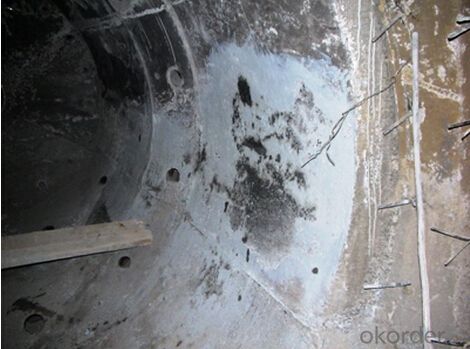
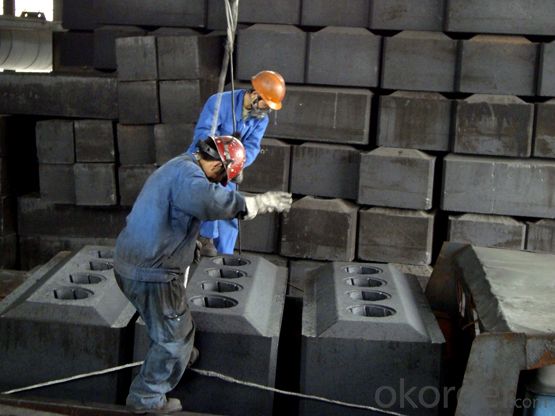
- Q: Can anyone tell me what is A-leve fireproof material?
- Combustion performance of materials can be divided into: A-level, B1-level, B2-level and B3-level, which respectively refer to noncombustible, difficult-flammble, flammable and inflammable materials. Building materials can be divided into four grades based on combustion performance (noninflammability, flame retardancy, flammability and inflammability). According to the stipulation of "Specification of Fireproof Design for Buildings" (GBJ16-1987) (2001 revised edition), fire hazard of production or storage should be divided into A-level, B-level, C-level, D-level and E-level. In "Specifications on Fireproof Design for Petrochemical Enterprises" (GB50160--1992) (1999 Revision), it also stipulates that fire hazard should be classified on the same basis of subtsance danger in usage, production or storage. According to different fire hazard, requirements and measures of oreventing and restricting fire explosion can be put forward from the aspects of fire?separation distance, fire resistant rating of buildings, allowed floors, safe evacuation, fire fighting facilities and other aspects.
- Q: How to hang the suspended brick in the refractory masonry?
- First you can weld the metal fastener of the suspended brick and then hang up the brick.
- Q: Which kind of furnace hearth refractory is better?
- Coal is acidic medium, so the matched material should be acidic refractories oriented, like silica?bricks. For example, the coking coke oven and carbon furnace made of carbon are in reducing atmosphere, so they use silica bricks which have low price and good high-temperature indicators. If the part has special requirements, you can then consider other refractory on request.
- Q: What kind of refractory materials are used in the intermediate frequency furnace?The domestic boric acid can be used as a lining?, how much is the rate?
- The variety of refractory materials for intermediate frequency furnace is mainly made of aluminum and silicon, both shaped and unshaped refractory materials are available. I have no ideas what you said boric acid, I’ve never seen that boric acid was used as an additive.
- Q: What's the B grade fireproofing material?
- Grade B: rubber and plastic, extrusion molding, polyphenyl, PEF. organics, extruded sheet, polyphenyl board, phenolic resin. Hairong modules (thermal insulating and fireproof material) can reach grade B1 in fireproof performance.
- Q: How long is the fire-resistant time of fireproof wooden door?
- Wooden thermal insulation fireproof door using flame-retardant timber or flame-retardant timber products to make door frames, skeletons of door leaf, door panels. If the door leaf need to be filled with materials, the filling materials should be fireproof thermal insulation materials which is non-toxic and harmless to human body, and matched fireproof door composed of fireproof hardware. Use doors without age limits.
- Q: How to choose construction external wall thermal insulation and fireproofing materials?
- The width of fireproof partition shuld be greater than 30CM, and the thickness should be the same as total thickness of thermal insulation materials. Fire barrier zone thermal insulation board and base wall should be stuck in whole area. Fire Barrier zone thermal insulation board should be stuck with the assistance of anchor bolt which must press the mesh of the bottom layer. Fire Barrier zone should be set above the door and window, with a distance of less than 50cm between the lower edge of fire barrier zone and the upper edge of window.
- Q: What are the advantages and disadvantages of new external wall fireproof and thermal inuslation matertials?
- Advantages: 1)Low requirements on the waterproof, weather resistance and other technical indicators. The dry wall and gypsum plastering mortar, etc. can meet the requirements and can be easily obtained; 2) The inner insulation material are separated by the floor, and construct within a height of only a storey , without erecting scaffold ; 3) In the hot summer and cold winter or hot summer and warm winter area, the inner insulation meets the requirements; 4) The glass beads overcome the shortcomings of expanded perlite, like, large amount water absorption, easy powdering, big volumetric shrinkage in the slurry mixing process, easily leading to post-insulation product performance degradation and hollowing, cracking, and also make up for the defects of polystyrene particles organic materials, like, flammable, poor fire performance, producing harmful gas at high temperatures and anti-aging, poor weather resistance, poor workability and large rebound in construction, ect. Disadvantages of external wall insulation : 1) Since the ring beam, slab and column structure would cause thermal bridges, leading a greater heat loss; 2) It is of low intensity, high water absorption, easy to shrink and crack. The insulation system is prone to cracking, leaking or loss and other common quality problems, especially it is easy to crack at the seams, thus being difficult to exsit as long as the building. 3) It is inconvenient for the users to redecorate and hang ornaments; 4) It takes up indoor used space;
- Q: What are the new types of refractories? What are the characteristics? Their applications and developments?
- Special materials often use AZS brick, corundum brick, magnesia chrome brick, silicon carbide, silicon nitride bonded silicon carbide, nitrides, silicides, sulfide, boride, carbide and other non oxide refractory materials; calcium oxide, chromium oxide, alumina, Magnesium Oxide, beryllium and other refractory materials. Often used insulation refractories are diatomite products, asbestos products, insulation panels and so on. Unshaped refractory materials commonly used are fettling, refractory ramming material, refractory castable, refractory plastic material, refractory clay, refractory gunning, refractory cast material, fireproof coating, lightweight castable, mud etc..
- Q: Are there any differences between insulation and refractory materials ?
- Refractory materials can resist more than 1200 degrees, some of which are not insulation materials, such as firebricks, which can directly contact with heat source, has little insulation effect. Ceramic fiber, high silica, etc. are all refractory materials which can insulate. Insulation materials with poor performance usually is lower than 800 degrees, which have large thermal resistance, and low thermal conductivity, high porosity. Thus they reduce the thermal loss. To put it simply, insulation materials store most of the heat and only let a small part of heat lose through the air, thus the heat has been isolated. Glass fiber, rock wool, flexible material for thermal insulation, etc.
Send your message to us
Raw Materials for High Temperature Refractory Cylindrical Alumina Smelting Crucible
- Loading Port:
- China Main Port
- Payment Terms:
- TT OR LC
- Min Order Qty:
- -
- Supply Capability:
- -
OKorder Service Pledge
OKorder Financial Service
Similar products
Hot products
Hot Searches
Related keywords
